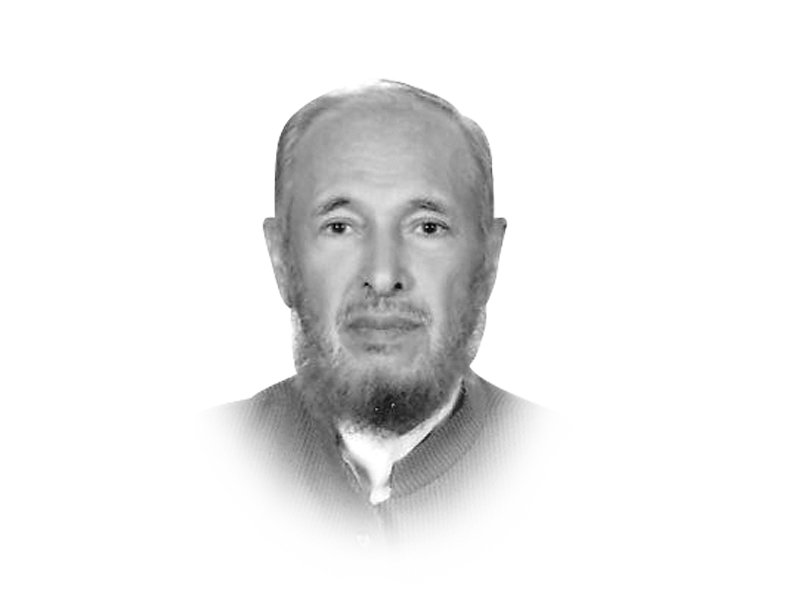
Terrorists, it appears, are never far away. They appear, cause havoc and put everyone on notice that the magnitude of the threat, though grossly diminished, still exists. There is no lowering of the guards and no respite. The war that former president General (retd) Pervez Musharraf drove Pakistan into, by aligning the country in a conflict that we should have had little to do with in 2001, continues to rage.
The Badhaber attack was a gruesome and tragic one. The loss of precious, innocent lives is deplorable. A redeeming feature — if there could be any in an event of this kind — was that the defenders of the facility were not found wanting in mounting a spontaneous and effective response. But some realities continue to stare one in the face.

For over a year, air force jets have pounded insurgent hideouts in both Khyber Agency and North Waziristan. Retaliation by the insurgents would naturally focus on the facilities of the air force. The Badhber airbase was a prime target because of its rural location. How then, was it left so vulnerable to an attack? More importantly, how did the terrorists succeed in breaching the security wall at two places and entered the base? And how did 13 insurgents manage to reach the base undetected in an area that has seen dozens of such brazen attacks in the past? These are questions which undoubtedly would be addressed by the investigators. The point is: have we really learnt our lessons from the umpteen numbers of past inquiries that were carried out in the aftermath of all such gory incidents? There is no dearth of officials who would conduct a thorough probe and come to important conclusions. But what is lacking are institutional and administrative changes or remedies to forestall such incidents in the future, including giving exemplary punishment to those who are either found lacking in fulfilling their responsibilities, or are involved in such acts of terror.
The assertion that the attackers came from Afghanistan and that the assault was being monitored from across the border created an impression that the authorities on the other side of the border had something to do with the incident. That was as unfortunate as it was unwarranted. While members of the TTP were to blame for the attack and while it is also most likely that those elements of the TTP who have taken shelter across the border launched the attack at the behest of their leaders or handlers, there is little possibility of complicity by the state of Afghanistan with such assaults, overtly or covertly. Nor is there any remote possibility of the Afghans — to be precise, the resistance in that country — taking part in an attack on Pakistani forces and their installations. They are engaged in a battle with Nato forces and there is no rationale for them to get diverted from their goals and objectives.
One lesson is unmistakably clear: the back of the terrorists has been broken; their leadership is in disarray. But there are scattered groups hiding from place to place and navigating the difficult tribal terrain to regroup from time to time, who choose soft targets for surprise attacks. This is likely to continue for some time. More vigilance and greater and better coordination amongst the many organs of the state would be of crucial relevance.
But one must caution against a disproportionate retaliation that also ends up targeting civilians or people unconnected with such crimes. Bombing of villages or suspected hideouts might cause civilian casualties, as well as damage to infrastructure. There is an imperative need to avoid that.
Published in The Express Tribune, September 28th, 2015.
Like Opinion & Editorial on Facebook, follow @ETOpEd on Twitter to receive all updates on all our daily pieces.



























































COMMENTS (10)
Comments are moderated and generally will be posted if they are on-topic and not abusive.
For more information, please see our Comments FAQ